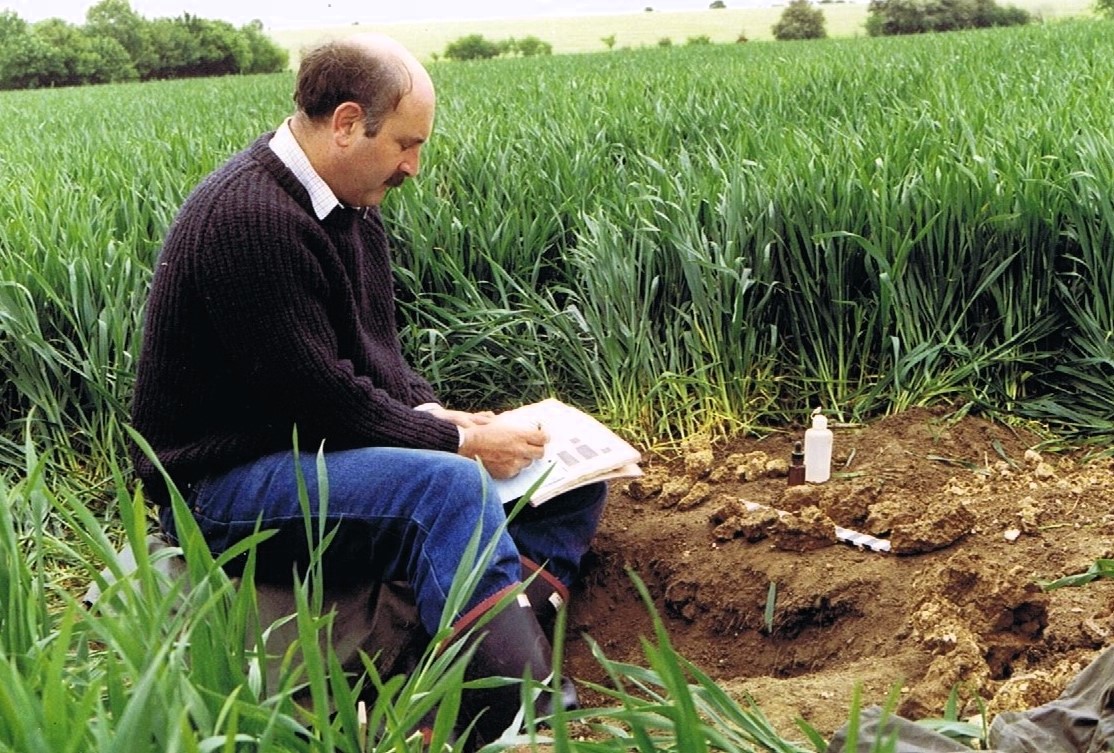Lorem ipsum dolor sit amet, consectetur adipiscing elit. Curabitur eleifend tortor nec augue pretium

The concept of soil health has gained a great deal of traction in environmental planning – to the point where it is being referred to in environmental impact assessment (EIA) scoping documents by Natural England and leading environmental consultancies. The problem is that there is no established EIA evaluation methodology for the assessment of development impacts on soil health.
In response to this gap, a group of experienced soil practitioners* are publishing an ISEP advice note, Soil Health in Environmental Assessments and Reports, which seeks to provide some initial guidance. This note will be made available for practitioners to download from the ISEP website.

The wider context for assessing soil health is that the government is planning to replace EIAs with environmental outcomes reports (EORs). The introduction of an outcomes-based approach is intended to streamline the decision-making process to focus on environmental considerations at the strategic level, and to reflect environmental priorities more directly into plan-making. This new approach is out for consultation and its introduction is unlikely to be imminent, with a transitional period anticipated.
It is important that the requirements of new policies and evaluation methodologies based on soil health do not go beyond our technical and practical abilities to implement them consistently in practice – and in a meaningful way. Therefore, the new advice note will be compatible with the objectives of the strategic environmental assessment (SEA), EIA and EOR processes, and to be applicable during this transitional period. It can also be further developed as our understanding of soil health evolves. It will set out a basic evaluation methodology that could be adopted by practitioners, or adapted to suit specific project circumstances, to determine the significance of development impacts on biological or chemical soil health properties.
The advice note is an initial framework that should be read and applied in conjunction with the published ISEP guidelines, A New Perspective on Land and Soil in Environmental Impact Assessment (2022). This assesses the impacts of development on soils with reference to the soil physical properties and environmental setting that determine soil functions. These functions include food and biomass production, biodiversity, and soils as a component of the hydrological and carbon cycles. Soils assigned the highest sensitivity in this methodology could be viewed as the soil ‘over-achievers’ – e.g, peatlands for their carbon storage; soils on the best and most versatile agricultural land for their versatility and fertility for growing food and other crops; and biodiverse soils in ancient woodlands, which contain species (of fungi, invertebrates, etc) specific to this habitat.
Soil health is integral to soil functions, and by applying the assessment methodology in the ISEP land and soil in EIA guidelines, soil health impacts are already being partially considered. However, soil practitioners should ensure that more specific consideration is given in environmental assessments to other potentially significant effects on soil health, caused by development, including medium- to long-term effects as a result of consequent land use or land management changes. Development as a means of improving soil health is also increasingly relevant as projects introduce biodiversity net gain (BNG) and increased soil carbon sequestration, for example.
To understand changes in soil health because of development, we need to know the baseline condition. However, measuring soil health is complex. Annex D of the ISEP land and soil in EIA guidelines explains that this is because of the natural variability of soil, the wide range of non-urban land uses (i.e, in areas of largely undisturbed soils), and land management practices, together with the need to consider soil biological and chemical properties.
The main challenge is that soil health is determined by soil biology and chemistry, as well as the physical properties of soils. The problem is that you can see, feel and measure soil physical properties, but soil biological and chemical properties can change naturally, or as a result of land management actions, making them difficult to measure in the field. They are much more variable over short distances than soil physical properties, and, in any given location, soil biology varies with the seasons and changes in land use. Selection of suitable soil health indicators is also relative to soil types and the wider ecosystems that soils are part of.
These constraints and complexity make it difficult to get representative soil samples that will enable a comparison of baseline and post-construction soil conditions. That is why, for example, the published ISEP guidelines on land and soil in EIA will continue to rely on the more fully understood soil physical properties that determine soil functions. The advice note therefore considers how we can better integrate soil health considerations into environmental assessments.
With the proposed methodology, the effects of development and land use changes on soil functions would first be assessed with reference to soil physical properties, according to the published ISEP land and soil in EIA guidelines, which will remain unchanged. This would then be supplemented by an assessment of development effects on health indicators selected by practitioners, with reference to the most appropriate biological and chemical properties relevant to the soil types within a study area.
The focus of the advice note is on what can be reasonably achieved in practice, with the emphasis on a practicable approach to soil biology. The advice note seeks to achieve these objectives, and it can be considered a supplement to Annex D of the ISEP land and soil in EIA guidelines.
* The ISEP advice note, Soil Health in Environmental Assessments and Reports, will be produced by environmental planning consultant Chris Stapleton (pictured left), Lynne Gemmell of WSP, environmental planning consultant Paul Wright, Rob Askew of Askew Land & Soil Ltd, and Lucy Gilbert of HS2 Ltd.
